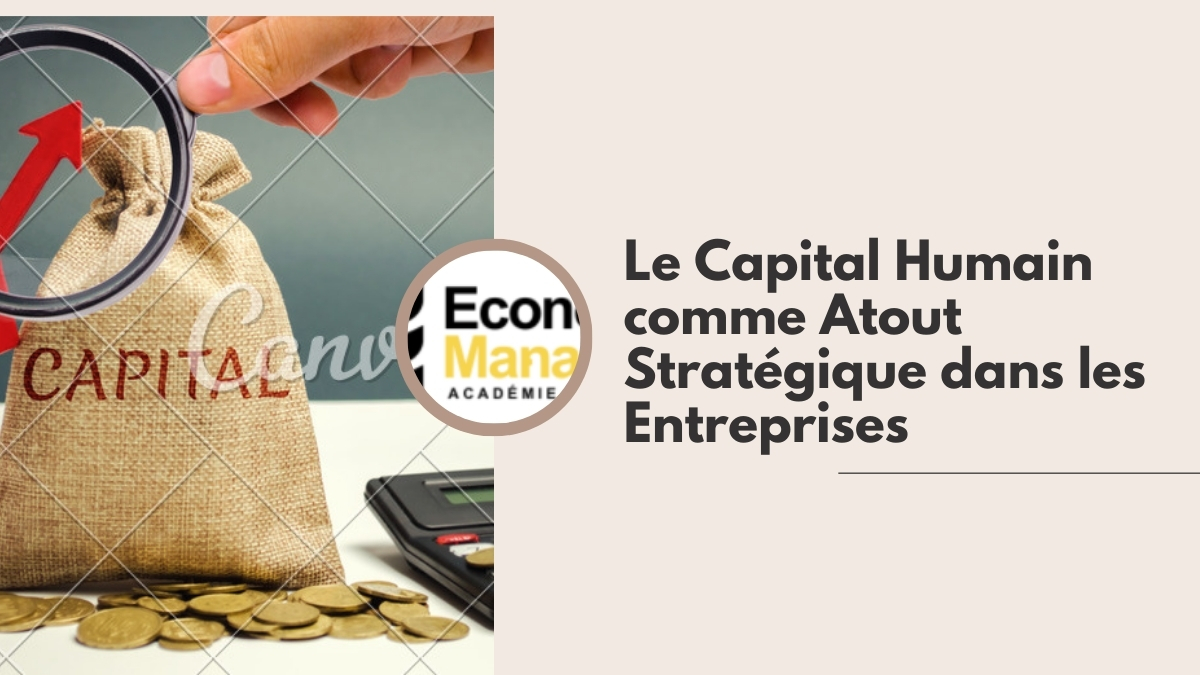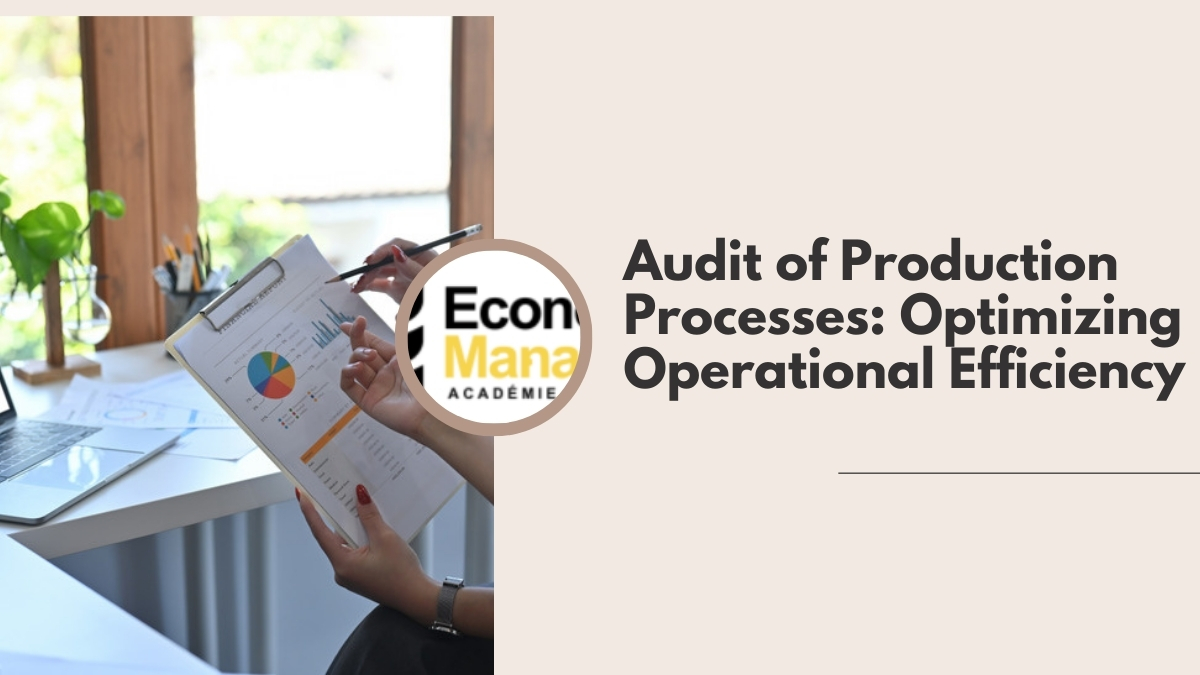Auditing is a critical function in any organization, providing assurance, transparency, and insights that drive better decision-making. However, the audit process can often be time-consuming, complex, and resource-intensive. Enhancing audit efficiency is therefore a key focus for businesses and auditors alike, ensuring that audits are conducted effectively, without wasting time or incurring unnecessary costs.
This article aims to provide a comprehensive guide to strategies that can improve audit efficiency. By implementing these strategies, auditors can streamline their processes, make better use of technology, and ultimately deliver more valuable and impactful audits.
Table de matières
Understanding the Challenges of Audit Efficiency
Before delving into strategies for improvement, it is essential to recognize the common challenges that auditors face in their pursuit of efficiency. These challenges are multifaceted and often interconnected, impacting the overall effectiveness of the audit process.
Time Constraints
Time is a precious resource in auditing, with tight deadlines often leading to rushed audits and increased risk of errors. Delays in gathering and analyzing data, coupled with the manual nature of many audit tasks, can result in missed deadlines and prolonged audit cycles.
Resource Limitations
Audit teams frequently encounter resource constraints, including limited staff, expertise, and budgets. This can impede the audit process, as insufficient resources may lead to a lack of proper planning, inadequate testing, and incomplete documentation.
Data Complexity
The sheer volume and complexity of data in modern organizations pose significant challenges for auditors. Disparate data sources, unstructured data, and inconsistent data formats can hinder the ability to efficiently collect, analyze, and interpret information.
Methodological Hurdles
Inefficiencies can also arise from methodological issues, such as a lack of standardized processes, inadequate risk assessment frameworks, or insufficient audit trail documentation. This can result in redundant work, missed opportunities for automation, and difficulties in replicating successful audits.
Stakeholder Management
Effective communication and buy-in from stakeholders, including management and those being audited, are crucial for a seamless process. However, auditors often face challenges in managing expectations, securing timely information, and maintaining objectivity in their relationships with stakeholders.
Strategic Approaches to Enhancing Audit Efficiency
Now, let’s explore a range of strategic approaches to tackle these challenges and improve audit efficiency. These strategies are grounded in practical applications and are designed to be adaptable to the unique context of your organization.
Embrace Technology and Automation
Technology is a powerful tool in the auditor’s arsenal, and leveraging specialized audit software can bring about significant efficiencies.
Audit Data Analytics (ADA)
Audit Data Analytics (ADA) involves using data analysis techniques to identify patterns, trends, and anomalies in large datasets. ADA tools enable auditors to analyze entire populations of data, rather than relying on sampling, thus improving the accuracy and efficiency of the audit. For example, ADA can be used to identify potential fraud by detecting unusual transactions or identifying potential conflicts of interest.
Continuous Auditing
Continuous auditing involves the use of technology to automate audit procedures and provide ongoing monitoring and analysis of an organization’s processes and controls. By utilizing data analytics and automated testing, continuous auditing provides near real-time insights, reducing the need for time-consuming, periodic audits. This approach also enables auditors to identify issues early on, allowing for more proactive and effective remediation.
Artificial Intelligence and Machine Learning
Artificial Intelligence (AI) and Machine Learning (ML) technologies are transforming the audit process. These tools can automate repetitive and time-consuming tasks, such as data extraction and analysis, and can improve the accuracy and speed of audits. For instance, AI-powered chatbots can be used to quickly answer common audit-related queries, freeing up time for auditors to focus on more complex tasks.
Streamline Processes and Standardize Methodologies
Standardizing and streamlining audit processes can help improve efficiency by reducing redundancy and ensuring a consistent approach.
Develop Standard Operating Procedures (SOPs)
Creating comprehensive Standard Operating Procedures (SOPs) ensures that audits are conducted consistently and efficiently, regardless of the team members involved. SOPs should outline step-by-step processes, including data collection, testing, reporting, and follow-up procedures. By providing a clear roadmap, auditors can save time, avoid overlooking key steps, and facilitate a more seamless transition when working with different team members.
Implement Risk-Based Auditing
Risk-based auditing involves focusing resources on areas that pose the highest risks to the organization. By conducting a thorough risk assessment upfront, auditors can prioritize their efforts, allocate resources effectively, and avoid wasting time on low-risk areas. This approach ensures that audits are more targeted, efficient, and aligned with the organization’s strategic objectives.
Utilize Audit Project Management Techniques
Applying project management principles to audit engagements can significantly improve efficiency. This includes creating detailed audit plans, setting clear milestones, and using project management software to track progress and deadlines. By breaking down audits into manageable tasks and assigning specific deliverables, auditors can stay organized, monitor their progress, and quickly identify areas that may be falling behind schedule.
Enhance Collaboration and Communication
Effective collaboration and communication are essential for a seamless and efficient audit process.
Foster a Culture of Collaboration
Encourage a culture of collaboration within the audit team, where knowledge sharing and mutual support are prioritized. This can include cross-training team members on different aspects of the audit process, promoting a diverse skill set within the team. By fostering a collaborative environment, auditors can leverage each other’s strengths, fill skill gaps, and provide efficient backup when needed.
Strengthen Stakeholder Engagement
Clear and timely communication with stakeholders is crucial for managing expectations and securing their buy-in. Auditors should establish open lines of communication with management, providing regular updates and seeking feedback. This proactive approach can help identify potential issues early on, address concerns, and ensure that stakeholders are aligned with the audit process and objectives.
Leverage the Power of Data Visualization
Using data visualization tools, such as charts, graphs, and dashboards, can help convey complex audit findings in a more accessible and impactful manner. Visual representations make it easier for stakeholders to understand the key messages and insights from the audit, facilitating faster decision-making and improving overall engagement with the audit process.
Prioritize Continuous Learning and Adaptation
The audit landscape is constantly evolving, and auditors must prioritize continuous learning to stay ahead of the curve.
Invest in Professional Development
Provide ongoing training and professional development opportunities for audit team members to enhance their skills and stay abreast of industry developments. This includes technical training on new audit standards, data analytics techniques, and the use of emerging technologies. By investing in the team’s professional growth, organizations can improve audit quality, efficiency, and adaptability.
Encourage a Culture of Innovation
Foster a culture of innovation within the audit team, encouraging creativity and a willingness to experiment with new approaches. This can involve setting aside time for brainstorming sessions, piloting new technologies, and rewarding team members for proposing and implementing innovative solutions. By embracing innovation, auditors can stay agile, adapt to changing circumstances, and continuously improve their processes.
Learn from Peer Benchmarking
Participate in industry networks and peer benchmarking groups to learn from the experiences and best practices of other audit teams. Engaging with peers can provide valuable insights into successful strategies implemented in similar organizations, helping to identify areas for improvement and potential solutions. It also offers a forum for discussing common challenges and collaborative problem-solving.
Conclusion
Enhancing audit efficiency is a multifaceted endeavor that requires a strategic and proactive approach. By embracing technology, streamlining processes, improving collaboration, and prioritizing continuous learning, auditors can significantly improve the effectiveness and impact of their audits.
The strategies outlined in this article provide a comprehensive framework to guide auditors in their pursuit of efficiency. However, it is important to recognize that each organization is unique, and adapting these strategies to your specific context is key. By drawing on practical experience and a deep understanding of the audit process, auditors can develop tailored solutions that address their pain points and drive real change.
As the auditing landscape continues to evolve, auditors must stay agile, open to innovation, and committed to delivering efficient and valuable audits that meet the needs of their organizations.
I hope that this article has provided you with actionable insights and inspiration to enhance your audit efficiency journey.







